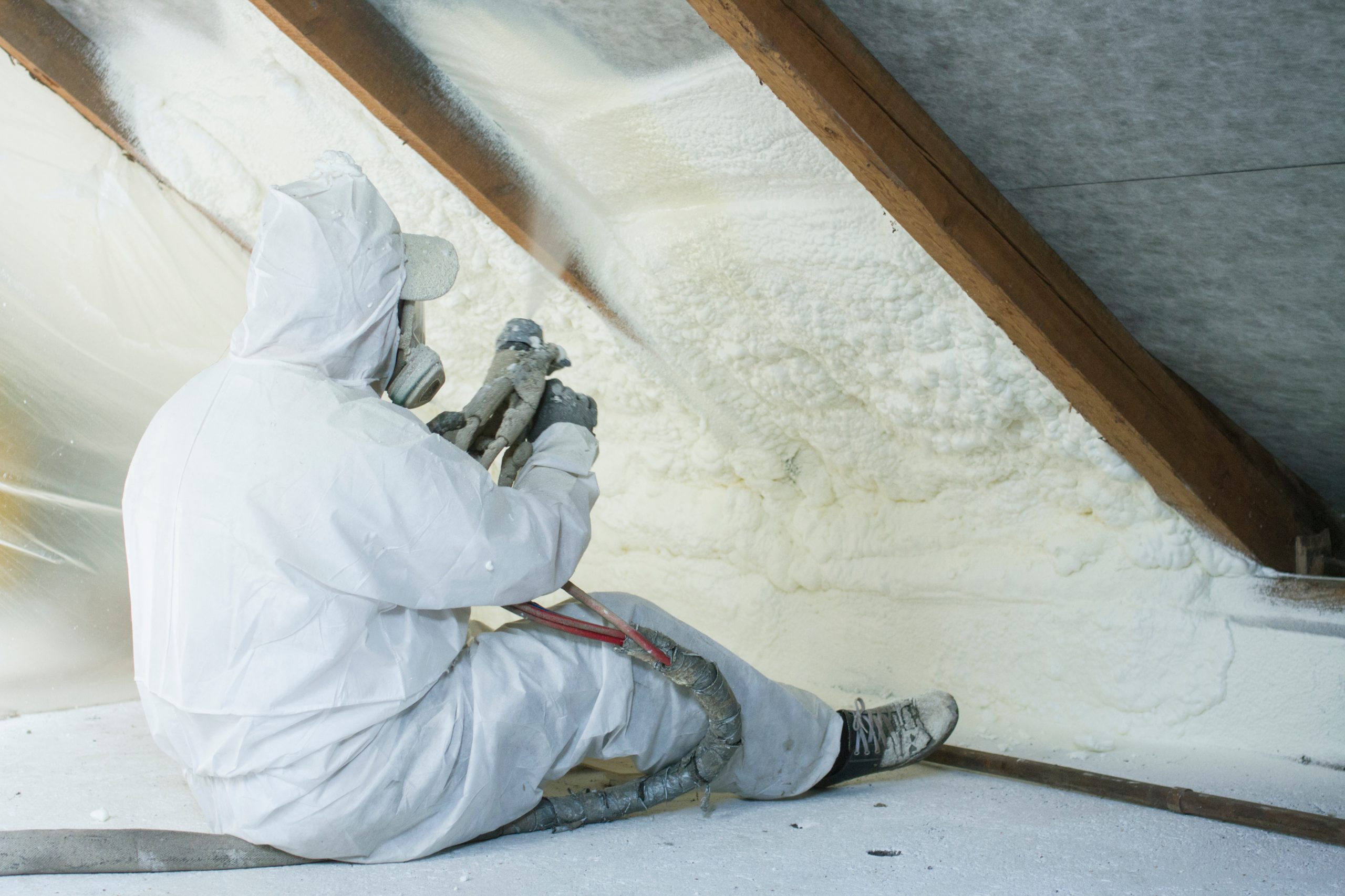Mortgages
Borrowers warned that spray foam could make homes ‘unmortgageable’

More homeowners are installing spray foam insulation to keep bills down as the price of energy soars, but many could inadvertently end up with unmortgageable properties.
Nationwide, the UK’s biggest mortgage lender, has warned that it is seeing a sharp increase in the number of people installing spray foam done in a bid to ease the cost of living.
However, many disreputable companies are exploiting homeowners and inputting spray foam in ways that don’t comply with manufacturer recommendations.
Sprayed polyurethane expanding foams can be used in lofts to provide further insulation. However, its use has come under scrutiny over the past few years, with some mortgage and equity release lenders declining to lend on such properties.
Nationwide: ‘Spray foam can damage roof structure’
Rob Stevens, director of property risk at Nationwide, said: “Spray foam insulation can be a good way to improve the energy efficiency of a home.
“However, if it isn’t installed in line with manufacturer recommendations, there is an inherent risk of causing damage to the roof structure, which can lead to costly repair bills and the need for the spray foam to be removed.
“Consequently, where a valuer sees evidence of spray foam we will require documentary evidence that it has been installed correctly before we will lend.”
The lender has urged homeowners getting works to use a reputable firm for works and said brokers can help educate borrowers on the problems with getting the insulation done badly.
‘Significant issues’ with spray foam
Mortgage brokers reported cases where spray foam has been an issue but say the approach from lenders is mixed.
Oliver Cotterell, director at Windsor Hill Mortgages, said: “We have had cases when clients both trying to purchase and refinance have had significant issues.
“We have seen lenders react in many ways. Some will request the foam to be professionally removed, and a new timber survey completed afterwards to assess whether the foam has caused rot or damage to the timbers, while other lenders will just outright refuse it.”
‘Zero tolerance’ from lenders
In many cases, advisers say lenders appear to have a zero tolerance approach – regardless of how the works have been done.
Imran Hussain, director at Harmony Financial Services, said: “Spray foam insulation is a resounding ‘no’ for quite a lot of lenders and when you have one of the largest lenders in the country warning about it, it should be taken seriously.
“I have never known a valuation come back on a property with spray foam insulation and for a lender to be happy to proceed with lending on that property.”
Lewis Shaw, owner and mortgage broker at Riverside Mortgages, agreed: “Very few mortgage lenders will consider properties with spray foam, so in the most robust sense of the term, caveat emptor because it can be a very costly mistake.”
‘Good and bad installations’ – but which is which?
In October, our sister publication Mortgage Solutions reported that The Residential Property Surveyors Association (RPSA) retracted advice around spray foam after last year saying an investigation failed to identify any circumstances at all where a roof with spray foam could be given a “clean bill of health”.
The trade body is now conducting a full review after calls from industry stakeholders. Last year, the trade body estimated 250,000 properties could be unmortgageable due to the works.
RPSA chairman Alan Milstein said: “We have agreed to retract our current guidance pending a full review. Our ambition is that we can republish it, based on the outcomes from the industry group by Spring 2023 and provide our members with the detailed knowledge necessary to risk assess any spray foam installation.
“We know there are both good and bad installations but until now there has been no documented way to accurately differentiate one from another.”